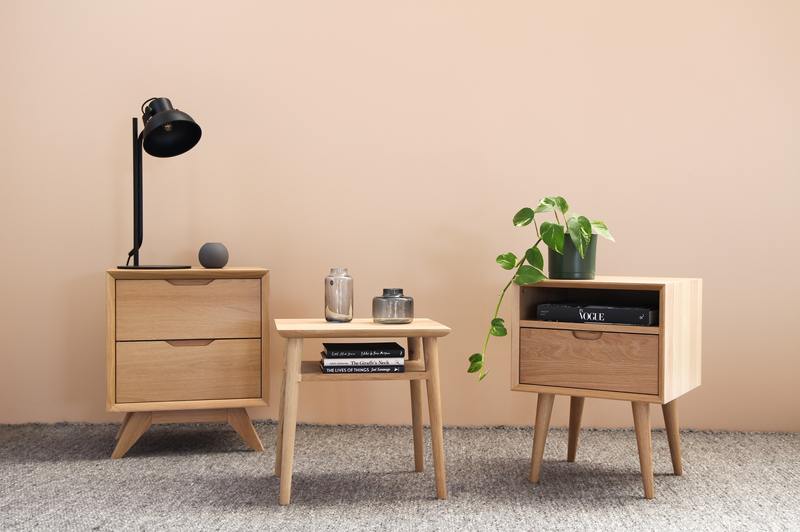Learning how to save water damaged wood furniture can help you keep your beloved items and potentially help you save money in replacement costs. All you need to salvage your wooden furniture is to properly dry the wood, clean it, and make necessary fixes.
Water can quickly damage and rot wood to the point of no return. Through the combination of quick action and familiar household items, you can keep your furniture usable for years to come. Continue reading to learn everything there is to learn about saving your water damaged furniture!

How To Salvage Soaked Wooden Furniture
Step #1. Place the furniture away from moisture
The most important part of saving your wooden furniture is to get it away from water as soon as possible. It would be best to put the piece of furniture indoors if it is exposed to consistent rains.
If the wooden furniture is indoors, it would help if you find the source of moisture. Look for any leaking pipe or overflow from appliances such as washing machines and dishwashers.
When you find the source of water damage, you can try fixing it yourself or calling a plumber to help solve the problem. You can try checking your insurance policy or consulting with your lawyer to see if the water damage is included in your insurance coverage.
Step #2. Dry the furniture completely
Now that the furniture is safe from further water damage, you should now let it dry. Using thick pieces of cloth, towels, or blankets, pat dry and wipe the furniture to get as much water out as you can. If your furniture is a cabinet, it is best to open and remove all doors and pull out the contents to speed up the drying process.
You can help hasten the drying process by sprinkling baking soda inside the furniture. You can also use high-volume electric fans, dehumidifiers, and hair dryers to blow all over the furniture. Check on the furniture every few hours to see if it is completely dry.
It is best to avoid drying the furniture outside under the sun. Direct sunlight can cause the wood to buckle and warp.
Step #3. Cleaning up
Now that the furniture is dry, you should check for signs of mold or mildew. If you do find these hazards, you should get rid of them as soon as possible.
You can treat mold and mildew by making a solution of 1 cup bleach and 1 gallon of warm water. You can also use 1 part white vinegar and 1 part water. Using a piece of cloth and the solution, wipe the surface of the wood to kill mold spores.
Once the solution dries, you can then proceed to remove any dirt or traces of mold and mildew from the furniture. It would help if you use cleaners specifically made for wood.
Step #4. Doing repairs
If the wooden furniture received long periods of water exposure, it is likely to show signs of damage. The wood may start to swell, warp, or split, depending on the type of wood used. Nevertheless, these signs can still be mended.
If the furniture is warping or swelling, you can try screwing 2×4 boards while they are still slightly wet to keep them from contorting even more. If the wood is splitting, you will need carpenter’s glue and clamps. Apply glue liberally in between the layers of the wood and use the clamp to hold everything together until it dries completely.
Sometimes, you will need to refinish the furniture by lightly sanding the surface using sandpaper. After sanding, wipe the furniture thoroughly to remove all the fine dust and debris.
Afterward, it would be best to apply wood sealers to help protect the surface of the furniture from water damage in the future. You can also use wood stains to add another layer of protection and make the item look as good as new.
Step #5. Finishing up
Now that the furniture is dry, clean, and repaired, all that is left is to put all the pieces back together. Reattach the doors of the cabinets, the panels of the couch, or other parts you may have removed during the first step.
Before returning the furniture to where it was, check the area for signs of mold and mildew. In case there is mold growth, you can use the same water-vinegar solution to clean the area. Disinfect the area to avoid any bacterial and fungal growth.
If the area has water stains, you can use a solution of 6 parts warm water and 1 part oxalic acid to remove them. Apply a healthy amount onto the water stain and scrub the area using a brush.
Once the surfaces are clean and dry, you can return the furniture to its rightful spot. If the furniture is a cabinet or drawer, put the contents back inside.
Conclusion
Knowing how to save water damaged wood furniture can help you save money and keep you from throwing away a perfectly functional piece of furniture. By following a five-step process, you can easily repair and reuse the piece of furniture for years to come.
